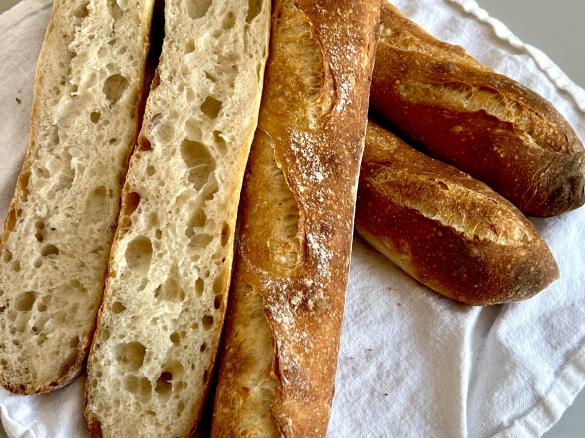

Preparation time
17h 0min
Total time
17h 25min
Portion
4
piece(s)
Level
medium
Ingredients
Baguettes (3 or 4 pieces)
Baguettes
- 500 g Strong white bread flour
- ½ tsp (4 g) fine sea salt
- 375 g cold water
- 1 tsp (4 g) fast-action dried yeast
- olive oil, for greasing
- extra flour for dusting, can be plain flour
Accessories you need
-
 Spatula TM5/TM6
Spatula TM5/TM6
Share your activity
I'm cooking this todayRecipe's preparation
- AUTOLYSE: Place 500 g strong white bread flour, ½ tsp (2 g) fine sea salt and 375 g cold water (see tip) in mixing bowl and mix 10 sec/speed 2.5. Then knead Dough
 "Dough mode" /1 min. Scrape down bowl and leave to autolyse for 1 hour.
"Dough mode" /1 min. Scrape down bowl and leave to autolyse for 1 hour. - KNEAD: Sprinkle 1 tsp (4 g) fast-action dried yeast over dough then knead Dough
 "Dough mode" /5 min. Meanwhile, lightly oil a container with 2L capacity.
"Dough mode" /5 min. Meanwhile, lightly oil a container with 2L capacity. - STRETCH & FOLD and COLD FERMENT: Turn dough out onto a silicone mat. Wet hands with cold water then stretch and fold dough 4 times (see tip). Place ball of dough in oiled container, cover and rest for 1 hour at room temperature, then place in fridge for 12 - 24 hours.
- DAY OF BAKING: Remove dough from fridge. Generously flour along inner edges of container. Use spatula to loosen dough from sides of container. Turn container upside down onto floured silicone mat and without shaking, allow dough to gently fall out.
- PRE-SHAPE: Cut into 3 or 4 equal pieces. Gently stretch each piece into a square shape, fold floppy corners into centre then fold in half to form a rectangle, taking care to preserve the air bubbles. Cover and leave to rest for 15 minutes at room temperature. Meanwhile, place a sheet of baking paper onto a wooden chopping board, pulling up paper to create low dividers to later help baguettes hold their shape during proofing. Sprinkle baking paper with flour.
- SHAPE: Shape each piece into a baguette by folding along long edge into middle and repeating on other side to form a log shape. Pinch seam. Elongate into a baguette shape, rolling back and forth with gentle pressure from the middle of the baguette to its ends. Place baguettes, seam side down, on prepared baking paper. Dust with flour, cover and leave to proof for 45 minutes at room temperature. Meanwhile...
- BAKE: Score across the tops of the baguettes with a lame or hobby knife, making three overlapping slashes along the length of each (see tip). Slide baguettes, along with baking paper, onto the lower preheated oven shelf tray (see tip), making sure baguettes are spaced well apart. Position top oven shelf tray upside down directly above baguettes to form a lid to trap steam. Bake for 10 minutes at 250°C (without fan) then remove “lid” and bake for another 10 minutes at 230°C (WITH FAN) until dark golden brown. Turn baguettes upside and bake for up to 5 minutes further to brown bottoms if needed. Leave to cool on rack for at least 1 hour before slicing or eating (see tip).
Tip
This recipe was created in winter in the UK, so rest times may need to be shortened for warmer climates or kitchens.
This recipe produces three thick or four thin baguettes. This is enough for four people for lunch and maybe a little leftover for snacking or toasted for breakfast the next day.
The salt content is much lower than most baguette recipes as it doesn't need a lot due to more flavour development from having a longer time to ferment. You can go up to ¾ tsp (6g) if you prefer more salt.
Water needs to be fridge-temperature cold (around 4°C) to avoid dough getting too warm during kneading which generates heat.
The high hydration (75%) dough has no tension after kneading, so it loses shape. To create tension, it should be stretched and folded. Dip hands in cold water, run fingers under the dough then stretch it up as far as it will go without tearing, then fold it over itself. Move 90 degrees around the dough shape and repeat 3 more times. After this, the dough should feel tight and less stretchy, although still fairly wet and sticky.
Fermenting the dough in a square-based container will help produce evenly shaped and sized baguettes as the dough will turn out onto the surface in a more easily portioned shape. The container should allow dough to double in size so have a capacity of about 2L. A large bowl works too, but baguettes may end up less neat.
If dough completely deflates when turning out after fermentation, it may have fermented too quickly or for too long during the rest period before going in the fridge. This can happen if the water used was too warm, or the room was very warm. Try reducing the time it rests at room temperature from 1 hour to 30 minutes before going into the fridge. Over-fermented dough will produce a much less open crumb.
Baguettes are ready to bake when a dent made by a fingertip disappears slowly. If the dough springs up quickly then it has not risen enough. If the indentation remains, the dough has over-proved and the baguettes will not rise as much in the oven.
When scoring, hold the blade at a slight angle as if cutting a flap, rather than cutting straight down. This will avoid the baguettes spreading to the sides in a "V"-shape during baking. Wetting the blade with cold water will help it cut through the dough.
It is tricky getting more than two baguettes onto the preheated oven tray quickly enough without losing heat from the oven. It is easier to take the pre-heated tray out, close the oven door, and put the tray back in once baguettes are in place.
High temperature and steam in the first 10 minutes of baking are needed for good oven spring (rise) and to keep the crust soft so that the baguette can grow as much as possible. If you don't have a steam oven, you will need to find your preferred way of getting steam around the baguettes (e.g. spraying water, tray of boiling water, a "lid" etc). The fan should not be used in the first 10 minutes of cooking as this will dry the oven out. Look for an oven setting where heat comes from both the top and bottom of the oven, or even better an "intensive" setting with heat from both top and bottom but with extra heat from bottom.
Baking paper can be removed during second half of baking if it is bunching up onto baguettes and causing the sides not to brown.
Resist the temptation to slice or eat the baguettes until they have cooled down (about an hour). There is still some "cooking" happening during the cooldown and until then, they may feel weird on the teeth and stomach!
For examples of handling high hydration baguette dough and shaping, these videos and article are helpful:
https://www.youtube.com/watch?v=UYmJVPTugRA
https://www.youtube.com/watch?v=G_rRoCQa4Mc
https://tasteofartisan.com/french-baguette-recipe
This recipe produces three thick or four thin baguettes. This is enough for four people for lunch and maybe a little leftover for snacking or toasted for breakfast the next day.
The salt content is much lower than most baguette recipes as it doesn't need a lot due to more flavour development from having a longer time to ferment. You can go up to ¾ tsp (6g) if you prefer more salt.
Water needs to be fridge-temperature cold (around 4°C) to avoid dough getting too warm during kneading which generates heat.
The high hydration (75%) dough has no tension after kneading, so it loses shape. To create tension, it should be stretched and folded. Dip hands in cold water, run fingers under the dough then stretch it up as far as it will go without tearing, then fold it over itself. Move 90 degrees around the dough shape and repeat 3 more times. After this, the dough should feel tight and less stretchy, although still fairly wet and sticky.
Fermenting the dough in a square-based container will help produce evenly shaped and sized baguettes as the dough will turn out onto the surface in a more easily portioned shape. The container should allow dough to double in size so have a capacity of about 2L. A large bowl works too, but baguettes may end up less neat.
If dough completely deflates when turning out after fermentation, it may have fermented too quickly or for too long during the rest period before going in the fridge. This can happen if the water used was too warm, or the room was very warm. Try reducing the time it rests at room temperature from 1 hour to 30 minutes before going into the fridge. Over-fermented dough will produce a much less open crumb.
Baguettes are ready to bake when a dent made by a fingertip disappears slowly. If the dough springs up quickly then it has not risen enough. If the indentation remains, the dough has over-proved and the baguettes will not rise as much in the oven.
When scoring, hold the blade at a slight angle as if cutting a flap, rather than cutting straight down. This will avoid the baguettes spreading to the sides in a "V"-shape during baking. Wetting the blade with cold water will help it cut through the dough.
It is tricky getting more than two baguettes onto the preheated oven tray quickly enough without losing heat from the oven. It is easier to take the pre-heated tray out, close the oven door, and put the tray back in once baguettes are in place.
High temperature and steam in the first 10 minutes of baking are needed for good oven spring (rise) and to keep the crust soft so that the baguette can grow as much as possible. If you don't have a steam oven, you will need to find your preferred way of getting steam around the baguettes (e.g. spraying water, tray of boiling water, a "lid" etc). The fan should not be used in the first 10 minutes of cooking as this will dry the oven out. Look for an oven setting where heat comes from both the top and bottom of the oven, or even better an "intensive" setting with heat from both top and bottom but with extra heat from bottom.
Baking paper can be removed during second half of baking if it is bunching up onto baguettes and causing the sides not to brown.
Resist the temptation to slice or eat the baguettes until they have cooled down (about an hour). There is still some "cooking" happening during the cooldown and until then, they may feel weird on the teeth and stomach!
For examples of handling high hydration baguette dough and shaping, these videos and article are helpful:
https://www.youtube.com/watch?v=UYmJVPTugRA
https://www.youtube.com/watch?v=G_rRoCQa4Mc
https://tasteofartisan.com/french-baguette-recipe
Thermomix Model
-
 Recipe is created for
Recipe is created forTM 6
For cooking (simmering) at temperatures of 95°C or above (200°F), the simmering basket should always be used instead of the TM6 measuring cup, as the TM6 measuring cup fits tightly in the lid. The simmering basket rests loosely on top, is steam-permeable, and also prevents food spatter from the mixing bowl. -
 Recipe is created for
Recipe is created forTM 5
If you are using a Thermomix® TM6 measuring cup with your Thermomix® TM5:
For cooking (simmering) at temperatures of 95°C or above (200°F), the simmering basket should always be used instead of the TM6 measuring cup, as the TM6 measuring cup fits tightly in the lid. The simmering basket rests loosely on top, is steam-permeable, and also prevents food spatter from the mixing bowl.Please note that the TM5 mixing bowl has a larger capacity than the TM31 (capacity of 2.2 liters instead of 2.0 liters for TM 31). Recipes for the Thermomix TM5 may not be cooked with a Thermomix TM31 for safety reasons without adjusting the quantities. Risk of scalding by spraying of hot liquids: Do not exceed the maximum filling quantity and observe the filling level markings of the mixing bowl!
This recipe was provided to you by a Thermomix ® customer and has not been tested by Vorwerk Thermomix ® or The Mix Australia Pty Ltd and The Mix New Zealand Ltd.
Vorwerk Thermomix ® and The Mix Australia Pty Ltd and The Mix New Zealand Ltd assume no liability, particularly in terms of ingredient quantities used and success of the recipes.
Please observe the safety instructions in the Thermomix ® instruction manual at all times.
Recipe's categories:
Other users also liked
Show me similar recipes by:







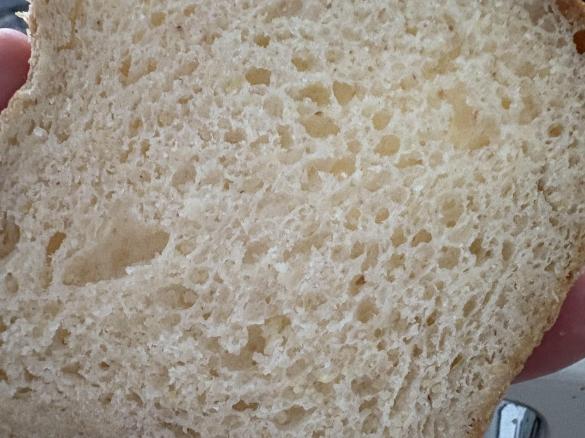
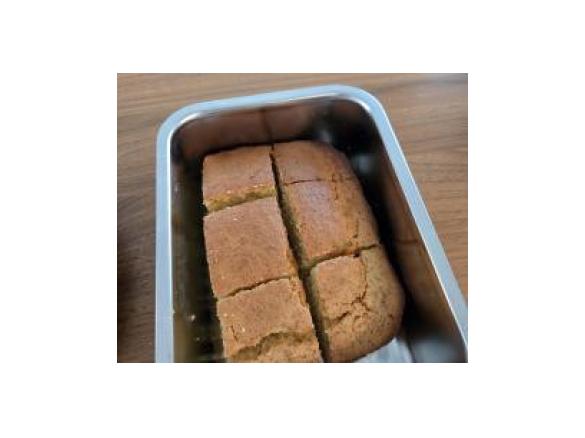
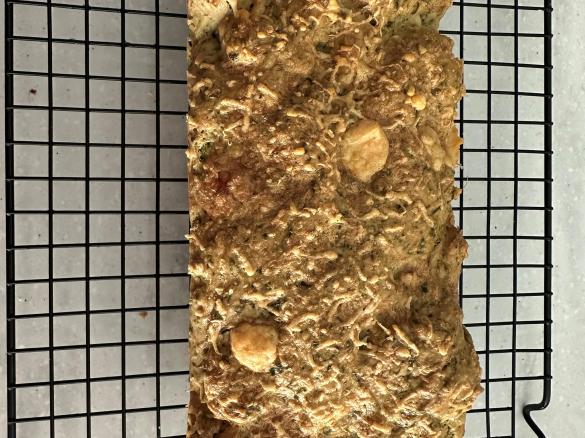



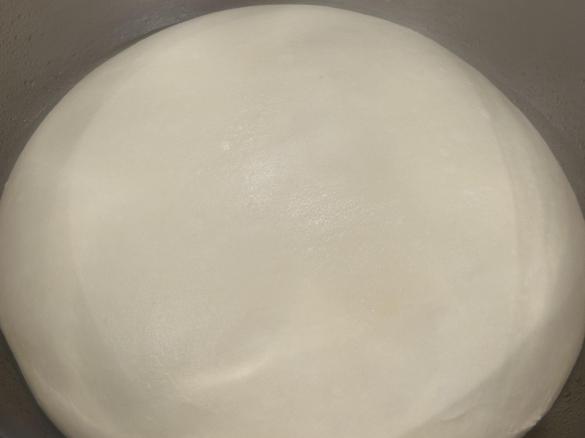






Comments